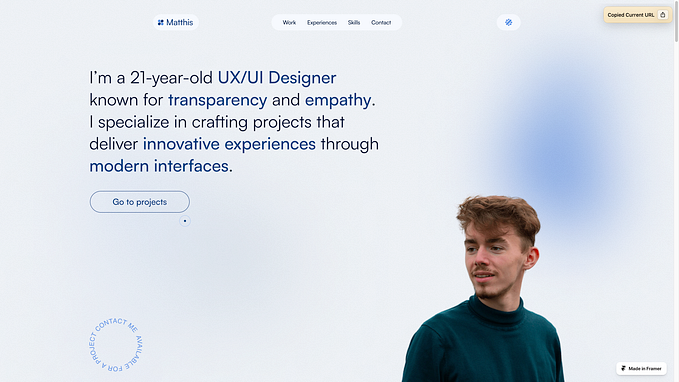Member-only story
How Adobe InDesign Conquered the World of Graphic Design
Adobe InDesign’s initial release looked like a complete flop. Here’s how the company turned things around.

 Twenty years ago, Adobe unleashed InDesign, a new vision of desktop publishing. The program, which launched as a $700 CD-ROM, was destined to reshape the field of graphic design — but it needed to win over skeptical publishers first.
Twenty years ago, Adobe unleashed InDesign, a new vision of desktop publishing. The program, which launched as a $700 CD-ROM, was destined to reshape the field of graphic design — but it needed to win over skeptical publishers first.
InDesign 1.0 received a fairly strong review in PC Magazine in 1999 that noted innovative features like optical kerning, which allowed designers to elegantly tighten and loosen the spaces between characters, and text gradients, which painted letters in multiple colors. But the critic, Luisa Simone, wrote that developing a good user experience was only half the battle for Adobe. “We expect the publishing industry to reserve judgement on InDesign until it proves itself in a production environment,” she wrote.
And publishers, at least at first, decided InDesign wasn’t for them. Most companies stuck with the de facto standard of the era, QuarkXPress. This meant that the design of books, magazines, newspapers, flyers, and billboards remained outside of Adobe’s domain.
The company had a lot of work to do. Even the project’s codename suggested a steep climb. Adobe had acquired Aldus, the maker of a legendary publishing tool called PageMaker, in 1994, and it used that program as a starting point for InDesign. The project was code-named K2, after the second-tallest mountain in the world — not because Adobe wanted to be second fiddle to QuarkXPress in the desktop publishing space, but because K2, located in China, is considered a more difficult trek than Mount Everest.
“InDesign uses a radically new architecture, one that’s totally different from PageMaker or any other desktop program for that matter,” early Adobe evangelist Tim Cole told the Sydney Morning Herald in 1999. “This alone made the whole project very complex, and we also realize we need to build a 1.0 version that’s a mature, high-end publishing application. So, the metaphor of scaling the world’s most challenging and most deadly mountain was very suitable.”
“Service bureaus weren’t accepting InDesign files — they…










